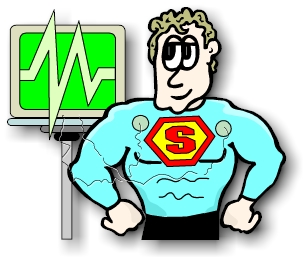

Psychoneuromuscular Theory


Psychoneuromuscular Theory
![]()
 心理神經肌肉理論(psycho-neuromuscular
theory)實際上是建基於 Carpenter在 1894
年提出的意想性運動原理(ideomotor principle)。Carpenter
認為當人在想像某種動作或行為的時候,雖然並沒有實際的肌肉活動,但仍然會產生與實際活動相同的神經衝動,只不過在程度上是微弱得多罷了(載於
Murphy 與 Jowdy,1992)。
心理神經肌肉理論(psycho-neuromuscular
theory)實際上是建基於 Carpenter在 1894
年提出的意想性運動原理(ideomotor principle)。Carpenter
認為當人在想像某種動作或行為的時候,雖然並沒有實際的肌肉活動,但仍然會產生與實際活動相同的神經衝動,只不過在程度上是微弱得多罷了(載於
Murphy 與 Jowdy,1992)。
Jastrow(1892)是最早進行這方面研究的學者,Jacobson 在 1930 年代初期亦曾作過一連串與此相關的實驗,並於受試者在進行思想活動的時候,量度到“輕微”的肌肉活動(載於 Ross,1985)。隨後的研究員,如 Jowdy 與 Harris(1990)在相類似的實驗當中,亦獲得近似的結果。

符號學習理論 |
![]()
![]()
References
![]()
Murphy, S. M., & Jowdy, D. P. (1992). Imagery and mental practice. In T. S. Horn (Ed.), Advances in Sport Psychology (pp. 221-250). Champaign, IL: Human Kinetics.
Jowdy, D. P., & Harris, D. V. (1990). Muscular response during mental imagery as a function of motor skill level. Journal of Sport and Exercise Psychology, 12, 191-201.
Ross, S. L. (1985). The effectiveness of mental practice in improving the performance of college trombonists. Journal of Research in Music Education, 4, 221-230.
![]()

Back to Psychological Aspects of
Running
最近更新日期(Last Updated):2007-06-20